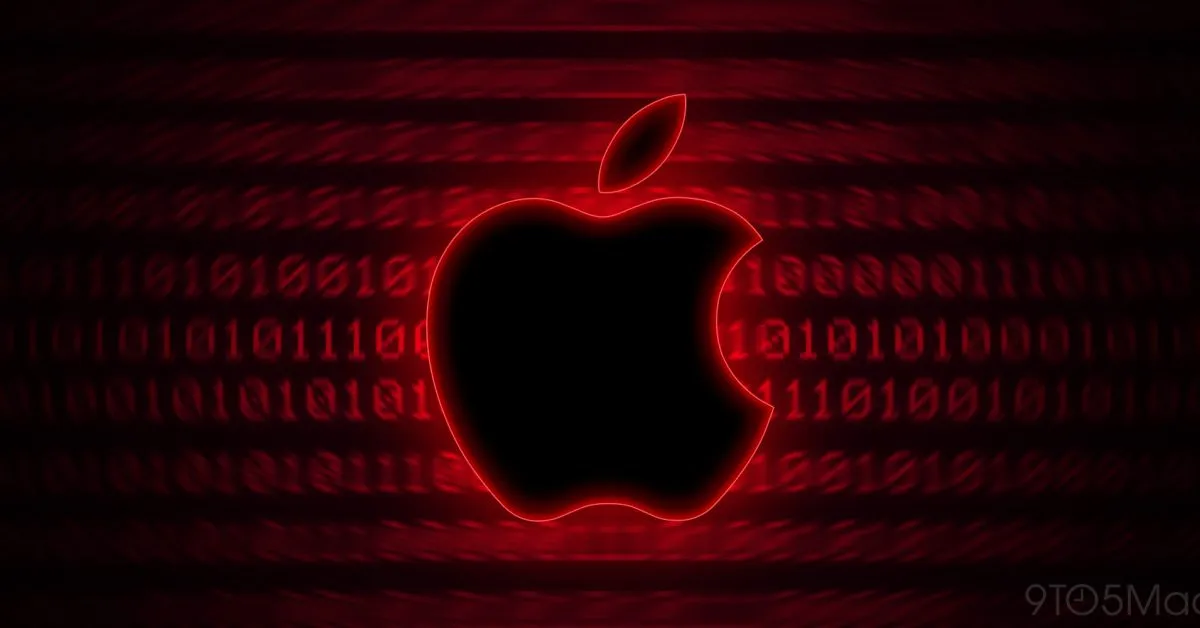
In a significant legal move, Apple Inc. has initiated a lawsuit in the Northern District of California against tech influencer Jon Prosser. The lawsuit accuses Prosser of misappropriating trade secrets and violating the Computer Fraud and Abuse Act. This article delves into the details surrounding the lawsuit and its implications for both Apple and the tech community.
For those who closely monitor the tech rumor mill, Jon Prosser is a name that has surfaced frequently, especially regarding leaks about iOS 26 (previously referred to as iOS 19). Since January, Prosser has been sharing various leaks, including a reconstruction of the Camera app and videos showcasing the Liquid Glass overhaul. While some of these details deviated from Apple’s final announcements, they were largely directionally accurate, raising questions about the source of his information.
In the lawsuit, Apple details how it became aware of the leaks in April. According to the claims, Michael Ramacciotti, another defendant in the lawsuit, allegedly broke into an Apple employee’s Development iPhone while staying at his home. The lawsuit states, “According to Mr. Ramacciotti’s message, while staying at Mr. Lipnik’s home, Mr. Ramacciotti used location tracking to determine when Mr. Lipnik would be gone for an extended period, acquired his passcode, and broke into his Development iPhone.” This breach of security is a serious violation of Apple’s internal policies.
During his unauthorized access, Ramacciotti reportedly made a video call to Prosser, showcasing the unreleased features of iOS 19. The lawsuit claims that Prosser orchestrated this scheme, promising Ramacciotti compensation for providing access to confidential information. This alleged collaboration culminated in Prosser recording the session and disseminating the sensitive information to his audience via his business’s YouTube channel, generating ad revenue in the process.
Apple emphasizes the extensive measures it undertakes to safeguard its trade secrets. The company argues that maintaining confidentiality is crucial to its development process. Although Apple fired the employee involved, Ethan Lipnik, they assert that he was unaware of the breach until informed by others who recognized his apartment in Prosser’s video.
Moreover, Apple expresses concern that Prosser may still possess additional confidential materials, as the Development iPhone contained other unpublished design elements that remain undisclosed. This raises further questions about the extent of the breach and the potential impact on Apple’s future innovations.
In its lawsuit, Apple is requesting a jury trial, which would empower a jury to decide on both injunctive and punitive damages should the company prevail. The specific requests include:
Judgment in Apple’s favor against all defendants on all allegations. Injunctive relief as deemed necessary by the Court. Monetary damages to be established at trial. Punitive damages for the willful and malicious misappropriation of trade secrets. An order preventing defendants from using or disclosing Apple’s confidential information without written consent. Assistance in locating and destroying any remaining confidential information in their possession. Pre-judgment and post-judgment interest at the maximum legal rate. Recovery of reasonable attorneys’ fees and costs incurred. Any other relief the Court finds appropriate.In response to the lawsuit, Jon Prosser took to social media platform X to dispute Apple’s narrative. He provided his own account of how he allegedly obtained the iOS 26 interface. As the situation develops, more information is expected to emerge, and the tech community is eager to see how this case unfolds.
This lawsuit raises many questions about the ethics of information sharing and the protection of intellectual property in the tech industry. What are your thoughts on this situation? Join the conversation in the comments below!
For tech enthusiasts looking for the latest deals, check out the AirPods offers available on Amazon!